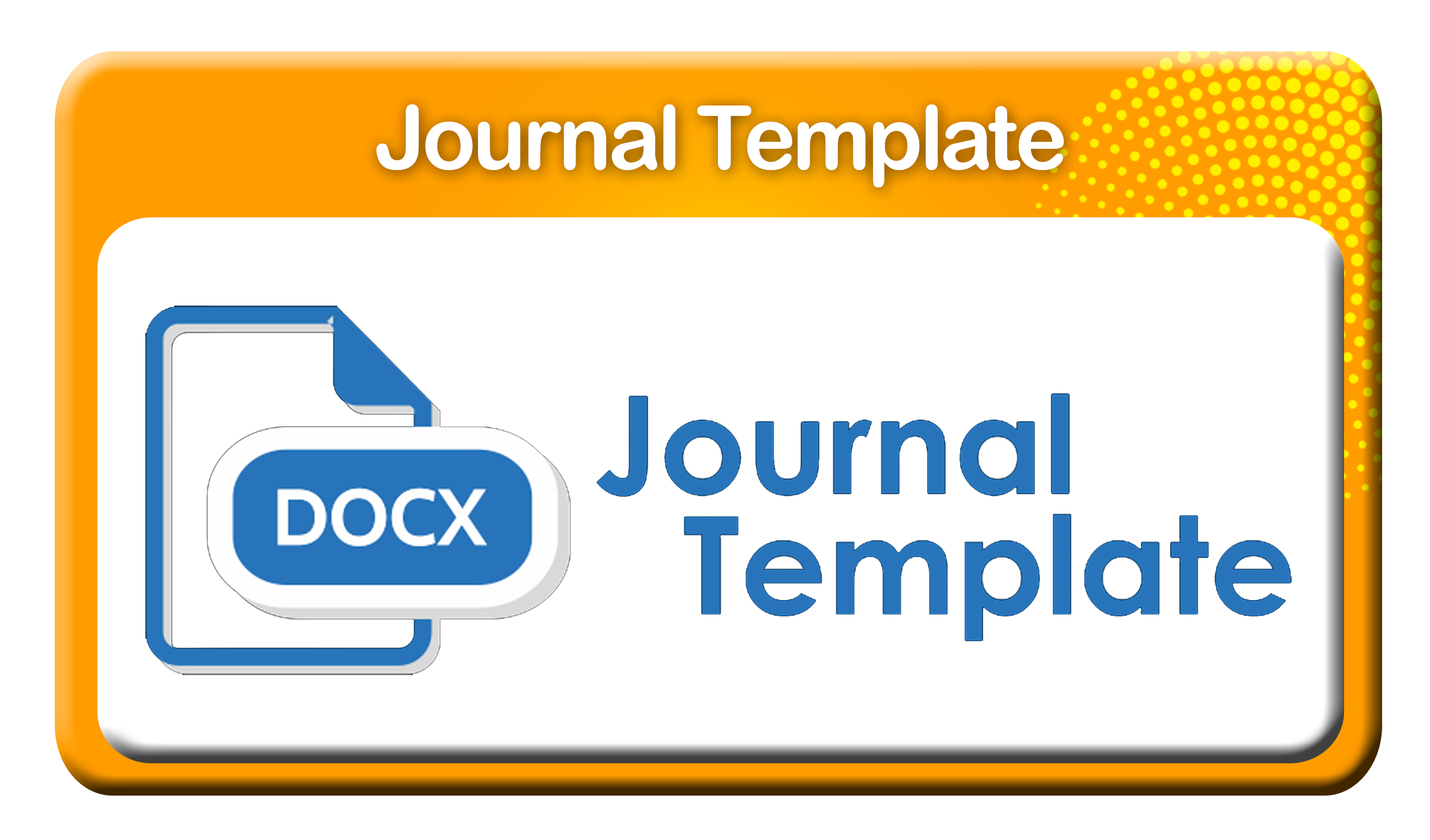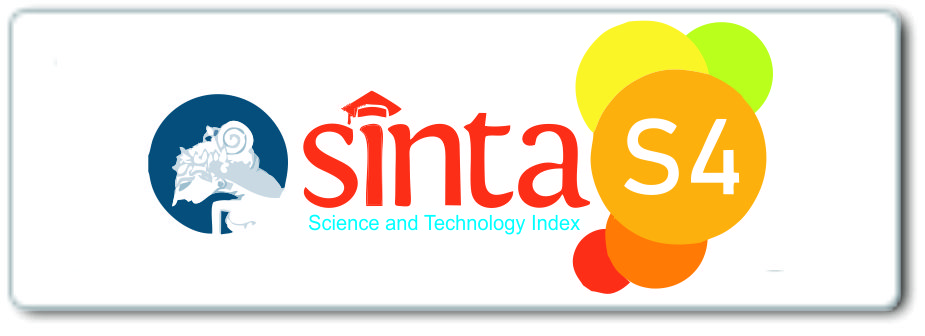RELATIONSHIP OF NUTRITIONAL INTAKE OF BREAST MILK AND HYPERBILIRUBIN IN PREMATURES
DOI:
https://doi.org/10.29082/IJNMS/2021/Vol5/Iss1/318Keywords:
breast milk, hyperbilirubin, premature babiesAbstract
ABSTRACT
Almost all premature babies have hyperbilirubin due to immature body organs and liver function. Breast milk nutrition, which is often found, especially colostrum, can stimulate the baby's bowel movements to help the excretion process through the feces so that it will clear meconium faster, this will help remove bilirubin in the baby's body. The aim of this study was to analyze the relationship between breastfeeding nutrition and the incidence of hyperbilirubin in premature babies in the NICU room of the Wahidin Soedirohusada Regional Hospital, Mojokerto.
This type of research is analytic with cross sectional approach. The population of all preterm infants treated in the NICU room of the Wahidin Soedirohusada Mojokerto Regional Hospital was 24 respondents with a total sample of 20 respondents with consecutive sampling. This research was started on March 10 - April 9 2019. Data collection was done by observing drinking intake and observing laboratory results, with 2 independent and dependent variables. Data analysis by editing, coding, scoring, tabulating, chi square test. Furthermore, statistically tested using the chi square test using the SPSS windows program with a significance limit (ά = 0.05) H1 is accepted and H0 is rejected if ρ <0.05.
Based on the results of the research, some respondents, namely 11 respondents (55.0%) experienced good breastfeeding nutrition and there were no hyperbilirubin 12 respondents (60%) of 20 respondents who had good breastfeeding nutrition and did not occur hyperbilirubin as many as 10 respondents (50%) with chi square test, the value of ρ is 0.008, where ρ = 0.008 <0.05, then H1 is accepted. There is a relationship between breastfeeding nutrition and the incidence of hyperbilirubin in premature babies in the NICU room of the Wahidin Soedirohusada Regional Umun Hospital, Mojokerto.
The results of the study are expected for the hospital to increase education about the benefits of breastfeeding to prevent hyperbilirubin and to hold a breastfeeding corner.
Downloads
References
Bravi, F., Wiens, F., Decarli, A., Dal Pont, A., Agostoni, C., & Ferraroni, M. (2016). Impact of maternal nutrition on breast-milk composition: A systematic review. American Journal of Clinical Nutrition. https://doi.org/10.3945/ajcn.115.120881
Deepthi, A. R., Singh, C., & Jeeva, J. B. (2019). A Device to Detect Hyperbilirubin through Non-Invasive Technique. 2019 Innovations in Power and Advanced Computing Technologies, i-PACT 2019. https://doi.org/10.1109/i-PACT44901.2019.8960054
Nguyen, P. H., Kim, S. S., Sanghvi, T., Mahmud, Z., Tran, L. M., Shabnam, S., … Menon, P. (2017). Integrating nutrition interventions into an existing maternal, neonatal, and child health program increased maternal dietary diversity, micronutrient intake, and exclusive breastfeeding practices in Bangladesh: Results of a cluster-randomized program evaluation. Journal of Nutrition. https://doi.org/10.3945/jn.117.257303
Nyangabyaki-Twesigye, C., Mworozi, E., Namisi, C., Nakibuuka, V., Kayiwa, J., Ssebunya, R., & Mukose, D. A. (2020). Prevalence, factors associated and treatment outcome of hyperbilirubinaemia in neonates admitted to St Francis Hospital, Nsambya, Uganda: A descriptive study. African Health Sciences. https://doi.org/10.4314/ahs.v20i1.46
Pannaraj, P. S., Li, F., Cerini, C., Bender, J. M., Yang, S., Rollie, A., … Aldrovandi, G. M. (2017). Association between breast milk bacterial communities and establishment and development of the infant gut microbiome. JAMA Pediatrics. https://doi.org/10.1001/jamapediatrics.2017.0378
Quinn, E. A., Largado, F., Power, M., & Kuzawa, C. W. (2012). Predictors of breast milk macronutrient composition in filipino mothers. American Journal of Human Biology. https://doi.org/10.1002/ajhb.22266
Scrafford, C. G., Mullany, L. C., Katz, J., Khatry, S. K., Leclerq, S. C., Darmstadt, G. L., & Tielsch, J. M. (2013). Incidence of and risk factors for neonatal jaundice among newborns in southern Nepal. Tropical Medicine and International Health. https://doi.org/10.1111/tmi.12189
Walpole, M. J., & Goodwin, H. J. (2000). Local economic impacts of dragon tourism in Indonesia. Annals of Tourism Research. https://doi.org/10.1016/S0160-7383(99)00088-2
Downloads
Published
Issue
Section
License
Authors who publish with IJNMS agree to the following terms
- Authors retain copyright licensed under a Creative Commons Attribution-ShareAlike 4.0 International License that allows others to share the work non-commercially with an acknowledgement of the work's authorship and initial publication in this journal.
- Authors are permitted and encouraged to post their work online (e.g., in institutional repositories or on their website) prior to and during the submission process, as it can lead to productive exchanges, as well as earlier and greater citation of published work (See The Effect of Open Access). Authors can archive pre-print and post-print or publisher's version/PDF.









_IJNMS.png)






